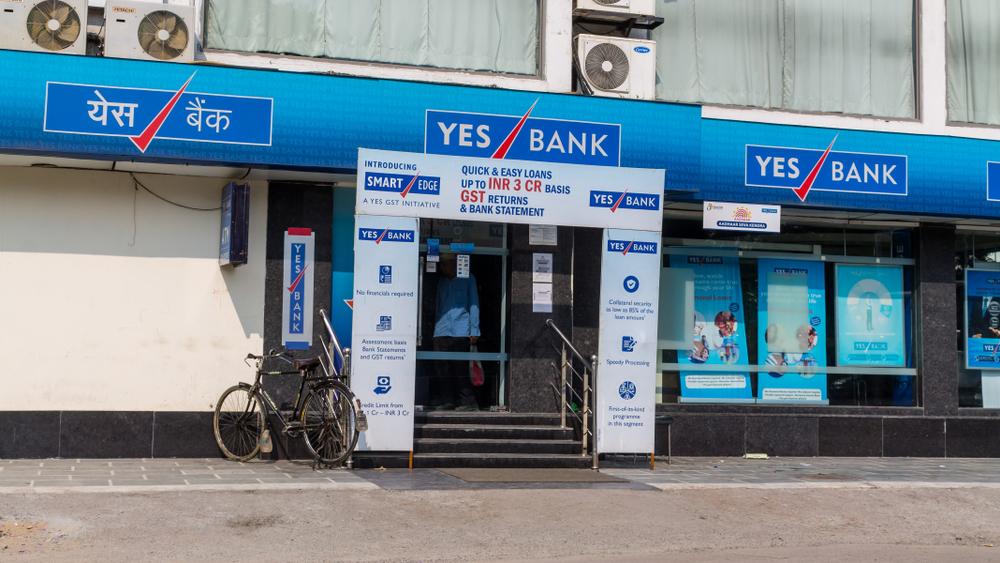
With the recent controversies surrounding Yes Bank, and the Government of India stepping in and placing the bank under the moratorium, many of us are understandably wondering if our banks are indeed safe. The depositors of Yes Bank have been subjected to a maximum withdrawal limit of INR 50,000 (till 6th of April 2020). This is largely due to the problems stemming from its NPAs (Non-Performing Assets), with the government intervening to ensure the safety of the public’s money and to ensure that Yes Bank resurfaces from this crisis. In a separate post, we recently discussed the state of our credit sector as our republic turned 71.
To answer the question in everyone’s mind though – “Is my money at XYZ bank safe?”
YES (no pun intended), it is.
Here’s why.
Your money (up to INR 1,00,000) in the form of savings or deposits in any form has always been completely safe and guaranteed by the Deposit Insurance and Credit Guarantee Corporation (DICGC). Irrespective of a bank being commercial or cooperative, as of today, any amount due to you, from a bank that goes under, in the form of savings or deposits will be repaid to you by DICGC, a subsidiary of RBI. This amount is set to increase to INR 5 Lakhs, effective from the 1st of April, as per the announcement of Ms. Nirmala Sitaraman, finance minister, in her Union Budget 2020 speech. This should cover the majority of savings an individual typically stores in a bank.
Every bank in India is monitored by the RBI and the government. Many checks and balances have been placed in the system to prevent such circumstances. Reserves, provisions, etc. have to be maintained by the banks at rates dictated by the government. Additionally, the finances of the banks are audited by an independent auditor, helping everyone get a true and fair view of what’s going on inside the bank, giving the customers enough time to shift banks, if necessary. RBI and the government intervene in case a bank is in a crisis, as exhibited in this case. The rehabilitation process of this bank is underway, with the changes in the board as mandated by the RBI, and infusion of fresh capital from State Bank of India. Necessary efforts will be taken by all the parties involved to ensure that the public’s money will remain as safe as possible.
However, it is important for us to understand that banking, like any investment or business, carries its own risks. The onus is upon us, the customers of the bank, to understand the risks involved, and manage our risks accordingly. Many safety nets are provided by the government, but this does not mean that we are to entrust any institution without doing proper research. However, it is easy to manage our risks, if we follow a few basic steps.

We’ve often heard about diversifying our investments in order to hedge our risks, but what about our savings? Savings are also investments. They earn you interest, albeit a low rate of interest, but that is the price you pay for liquidity and lower magnitude of risk. Though banks are usually seen as a risk-free place to deposit, the possibility of a bank going bankrupt is still something to keep in mind. The smart strategy for any individual is to diversify the savings in different banks, as this will help ensure that they won’t feel the pinch during times like this present Yes Bank crisis.

Several small banks offer 1 to 2% higher interest than the usual deposit rates. This is usually an indicator that the bank offering such interest for savings also carries along with a relatively higher risk. Savings are usually maintained for its liquidity and safety, so going for relatively more stable banks, and not for that additional 1 or 2% per annum, should be the way to go.
More often than not, if a bank is about to go under, the indicators of such a downfall will be available for a significant amount of time before a crisis happens. The financials will often begin to show signs much before the crisis balloons. Paying attention to a bank’s NPAs and losses in the financial statements, the factors behind such developments, the news, etc. are often good resources to help understand the stability of your bank.
No money is risk-free. It is essential for us, as customers, to understand this simple mantra and manage our holdings appropriately. However, during times like this, where there is a maximum limit of how much we can withdraw and use, we can always make use of low-interest instant loans offered by online instant loan platforms like EarlySalary. With loans available at interest rates as low as INR 9 per day, and a pioneering record of a million loans disbursed so far, no restrictions on bank withdrawals should be too big to deal with!